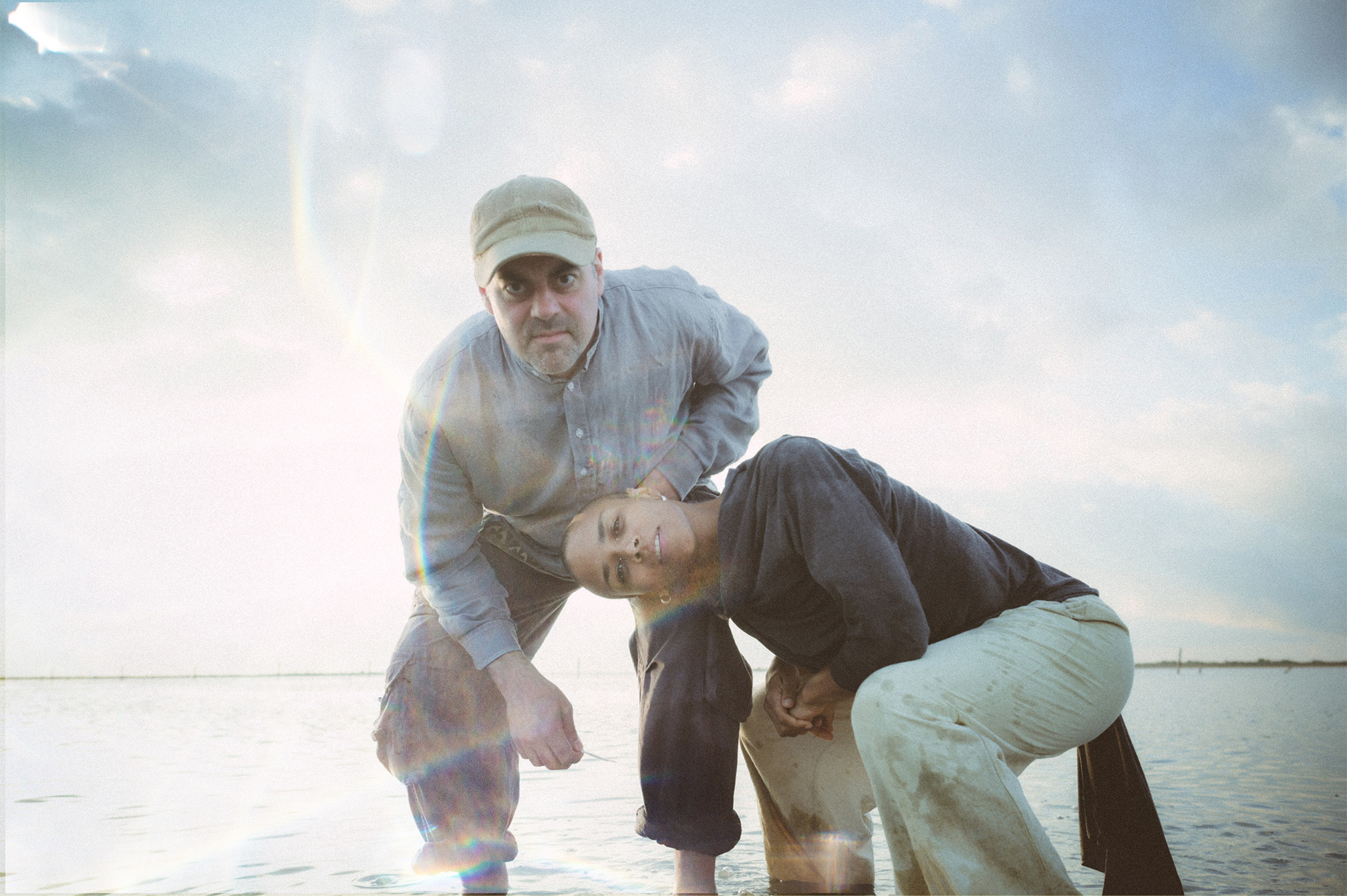The Life of Pi
Even allowing for the fact that I saw this in the immediate aftermath of root canal work, I am still profoundly unimpressed by what seems to me to be an exercise in New Age pantheistic psychobabble, though admittedly filmed with great beauty in 3D.
Let’s pretend you haven’t read the book, though many of you will have. It was published in 2001, won the Booker Prize, and is just the kind of book that Guardian readers like myself go doolllay over (though I didn’t finish it).
Pi is the short form of Piscine Molitor Patel, an Indian boy named after a French swimming pool, who grows up in Pondicherry (the French part of India). His family run a zoo, but when a political crisis breaks (in the 1970s), the father decides to leave to start a new life in Canada, complete with the menagerie of animals, which they plan to sell there. En route from the Philippines, the freighter they are traveling in is hit by an enormous storm, and Pi is the sole human survivor, in a lifeboat containing a hyena, a baboon, a zebra and a tiger (called Richard Parker). This mini-menagerie sounds like the opening line to a shaggy dog story, and maybe that’s what it is, since the coexistence of these creatures (soon reduced to just Pi and Parker) afloat on the Pacific for 227 days is somewhere a hundred leagues beyond improbable.
OK, so it’s a spiritual metaphor, not to be taken literally by cack-handed philistines like me (this conclusion is certainly implied at the end). But films and metaphors don’t mix. What can seem dreamy, ethereal and insubstantial in the words of a book, becomes very visual and credible when made flesh and blood on a screen (though to be fair the tiger is about 90% CGI). My point is that director Ang Lee seems to want have it both ways. On the one hand, he wants us to thrill to the infinite horizon of the seas, the danger of sharing a boat with a Bengal tiger, the mysteries of the deep (in the shape of a phospherescent whale for example) and a man-eating island covered in meerkats; on the other hand, he has heavenly choirs, trilling flutes and orgasmic orchestras warbling away in the background, so that we know we’re in the presence of the numinous as well as of the luminous. (Pi has made a thing of following several religions at the same time back in India).
It’s eyecandy for the easily seduced, full of stunning photography and creations of impressive illusions, dressed up with a pseudo-religious backdrop which audiences can take or leave as they wish, just as long as they know they’re witnessing an Important Film. But it’s not. It’s everything that 127 Hours isn’t. Where Danny Boyle made his hero-in-extreme-peril very tangible and immediate, leaving us to do the work of making meaning out of it, Lee does the opposite. He takes a profoundly unbelievable survival story for which there is no history, and tries to make it into a metaphysical life lesson, tapping us on the shoulder every so often like an annoying Buddhist Master to make sure we’re getting the point. Sadly, that point seems to be along the lines of ‘We are all One, and Nature is both Powerful and Dangerous, but a Greater Good watches over us all.’ About as profound as a stream.
I know I have hardly mentioned how fabulous the film looks, but then that’s part of the problem. Lee is so keen to dress everything up in its best and brightest colours, that we never really feel the sense of danger and loneliness which is at the heart of the story – or should be. And yes, the tiger does look amazing, but it is clear that it’s not a real tiger, and therefore once again, we’re in the realms of sentimental never never land. A practical point. If you shared a boat with a tiger for 7 months, would you not expect some tiger turds to materialise on a fairly regular basis, along with a nasty smell? Well, not on this boat. Its PG certificate ensures that there’s no smell, no blood, no nothing apart from a School of Dolphins looking for a purpose.
4/10
Content supplied by the excellent Front Row Films website check the site and join up for many more reviews and general all-round film goodness.


















Must Reads
David Holmes – Humanity As An Act Of Resistance in three chapters
As a nation, the Irish have always had a profound relationship with the people of Palestine
Rotterdam – A City which Bounces Back
The Dutch city is in a state of constant revival
Going Remote.
Home swapping as a lifestyle choice
Trending track
Vels d’Èter
Glass Isle
Shop NowDreaming
Timothy Clerkin
Shop Now